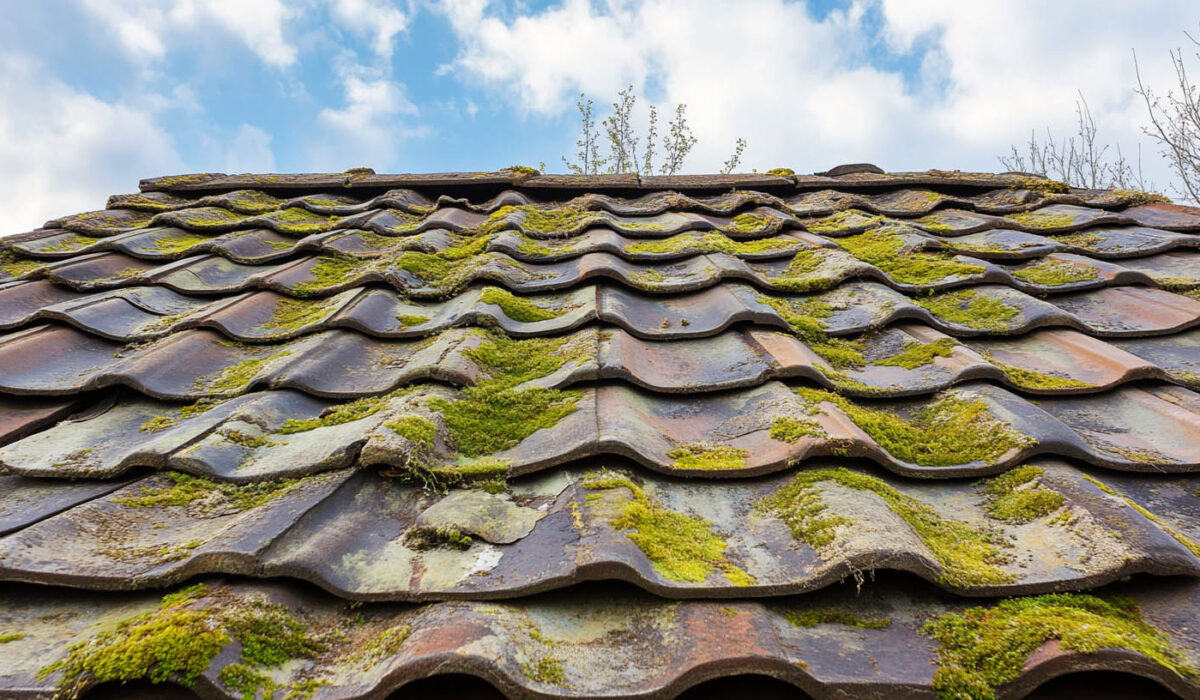Tile roofs are widely praised for their longevity, resilience, and classic appearance, but even the strongest roofs eventually reach the end of their service life. Knowing when it’s time to replace your tile roof can save you from costly interior damage and ensure your home stays protected through all seasons. Understanding the warning signs is crucial for making timely decisions and protecting your investment.
Homeowners in San Diego, CA often rely on local experts like Indiana Metal Roofing Systems for guidance on all roofing matters, including when it’s time to replace an aging tile roof. With decades of experience and a reputation for dependable service, they offer professional assessments that help determine whether repairs or a full replacement is needed.
Age of the Roof
Tile roofs are known to last anywhere from 50 to over 100 years depending on the material—concrete or clay—and environmental conditions. However, if your roof is nearing the end of its expected lifespan, it’s time to start paying close attention. An older roof may still look fine at a glance, but underlying issues could be silently developing.
If your roof is more than 40 years old and hasn’t undergone any major refurbishments, it’s wise to schedule a professional inspection. This is especially important if you’re seeing other signs of wear and tear.
Cracked or Broken Tiles
Cracked, chipped, or broken tiles are one of the most visible signs that your tile roof needs attention. While isolated issues can often be repaired, widespread tile damage may indicate deeper structural concerns or material fatigue that calls for a full replacement.
Breakage can occur from impact damage, such as falling tree limbs, or from foot traffic during maintenance. However, aging tiles may become brittle over time, making them more susceptible to cracking even under mild stress.
Water Leaks and Stains
Water infiltration is a major red flag. Stains on ceilings or walls, drips during rainstorms, or signs of mold and mildew could all point to a compromised roof system. Often, water enters through broken tiles or deteriorated underlayment that no longer provides an effective moisture barrier.
Unlike more flexible materials, tile does not seal itself against water. This makes the underlayment especially important. If this component has failed, you may need to replace the entire roof system to restore proper protection.
Sagging or Uneven Roof Structure
The presence of dips, sagging sections, or uneven lines on your roof can indicate that the supporting structure underneath has weakened. This could be due to long-term water damage, rot, or even poor installation practices decades ago.
Structural issues are serious and should be addressed immediately. In most cases, replacing the tile roof provides an opportunity to reinforce or repair the decking and framing below.
Granule Loss and Surface Wear
Just like asphalt shingles, concrete tiles can lose surface granules over time. These granules contribute to the tile’s durability and appearance. Excessive granule loss can make tiles more vulnerable to UV rays, water absorption, and eventual cracking.
In sunny areas like San Diego, prolonged exposure to sunlight accelerates surface degradation. If your roof tiles appear dull, patchy, or uneven in color, it may be a sign that their protective coating is wearing away.
Mold, Algae, or Moss Growth
Biological growth on your tile roof is not just an aesthetic issue. It can trap moisture, accelerate tile decay, and lead to slippery surfaces that pose a safety hazard. While small patches can be cleaned, extensive moss or algae infestation is often a sign of underlying moisture retention problems that may necessitate full roof replacement.
Increased Energy Bills
A failing roof can also compromise your home’s energy efficiency. Damaged tiles, ineffective insulation, or deteriorated underlayment can allow hot air to enter in summer and warm air to escape in winter, forcing your HVAC system to work harder.
Replacing your roof with modern, energy-efficient tile systems can help restore comfort and reduce monthly utility bills.
The Importance of Professional Inspection
If you’re noticing any of these warning signs, don’t wait until a small issue becomes a major problem. A licensed roofing professional can evaluate the condition of your entire roofing system, from tiles and underlayment to flashing and framing.
Their recommendation may include repairs, partial replacement, or a full roof overhaul depending on the extent of the damage.
As an Owens Corning Preferred Contractor, Indiana Metal Roofing Systems ensures that every replacement project is completed with premium-grade materials and expert craftsmanship.
Read also our blog: Can Concrete Tile Roofs Withstand Cold Weather? What You Should Know
Your roof is your home’s first line of defense. By staying alert to these warning signs and acting early, you can extend the life of your structure, improve your property value, and enjoy peace of mind for decades to come.

